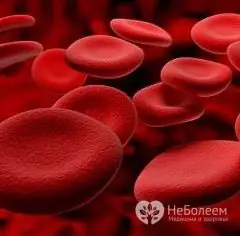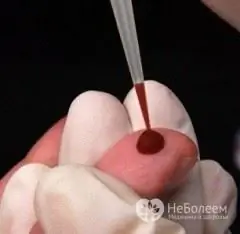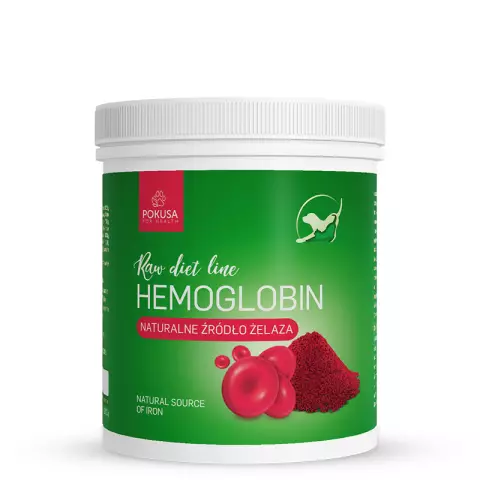- Author Rachel Wainwright [email protected].
- Public 2023-12-15 07:39.
- Last modified 2025-11-02 20:14.
High hemoglobin - good or bad

Hemoglobin is a complex protein that contains iron. Hemoglobin is found in erythrocytes in vertebrates. Its function in the body is mainly reduced to transporting oxygen. Hemoglobin reversibly combines with oxygen in the vessels of the lungs, and then transports it to all organs and systems.
Hemoglobin rate
A simple blood test can determine the concentration of hemoglobin in the blood. Its content is determined in grams per liter. In an adult man, the hemoglobin content is normal from 120 to 180 g / l. In women, this figure should be 110-150 g / l. It is widely known that anemia, that is, a decrease in hemoglobin, impairs performance, well-being, and sometimes even threatens life. The question arises: is high hemoglobin good or bad? Of course, today doctors already know the answer. Both a decrease and an increase in the hemoglobin content in the blood are unfavorable factors for the normal functioning of the body. An increase in the indicator can be physiological, that is, associated with adaptive mechanisms in the body or pathological.
Causes of high blood hemoglobin in healthy people
Physiologically high hemoglobin occurs in residents of high mountainous regions, where the oxygen content in the air is somewhat reduced. Tourists visiting such areas report weakness, shortness of breath and dizziness in the early days. If a person stays in this area for a long time, then the level of hemoglobin in the blood rises as an adaptive reaction. In addition, athletes may have physiologically high hemoglobin levels. Their muscles require huge amounts of oxygen during training and competition. Only an increased hemoglobin content helps to cope with stress.
Other causes of high hemoglobin

High hemoglobin can also be a manifestation of the disease. One of the situations is oncological degeneration of bone marrow cells, which leads to uncontrolled division of erythropoiesis progenitor cells. This condition is called erythremia.
Also, high hemoglobin occurs with general hypoxia of the body, which stimulates the production of a special substance in the kidneys - erythropoietin. Erythropoietin acts on the bone marrow, increases the number of red blood cells. This condition is called secondary erythrocytosis and is associated with respiratory or heart failure in chronic lung diseases, myocardial ischemia, heart defects. Smoking also causes hypoxia and can lead to an increase in hemoglobin.
Secondary erythrocytosis can be without hypoxia. In this case, the increased formation of erythropoietin occurs in tumors: hypernephroid renal cancer, hemangioblastoma of the cerebellum, Hippel-Lindau syndrome, hepatoma, uterine leiomyoma, tumors of the cortical and medullary layers of the adrenal glands, adenoma and cyst of the pituitary gland, masculinizing tumors of the ovaries.
The introduction of some drugs also stimulates the excess formation of red blood cells. The most widely used of these drugs is glucocorticosteroids. In high doses, these hormones are prescribed for various inflammatory diseases.
Sometimes high hemoglobin is associated with blood clotting - hemoconcentration. Such changes occur with fluid loss, stress, Gaisbeck's syndrome.
Symptoms of high hemoglobin
The condition often goes on without any symptoms. In this case, a high level of hemoglobin is established by chance during examination for other diseases or during routine examinations. In severe cases, patients have purple spots on the skin, bleeding, skin soreness, fever, weight loss.
When treatment is required
Medical tactics depend on the cause of the high hemoglobin. To avoid complications (thrombosis and bleeding), all patients are prescribed a special diet and medications. In the diet, it is necessary to limit foods rich in iron - red meat, liver, some berries. Prescribed medications help to reduce the viscosity of the blood - it becomes more fluid. The most widely prescribed is acetylsalicylic acid. Any treatment should be selected by the attending physician under the control of laboratory parameters.
Found a mistake in the text? Select it and press Ctrl + Enter.






